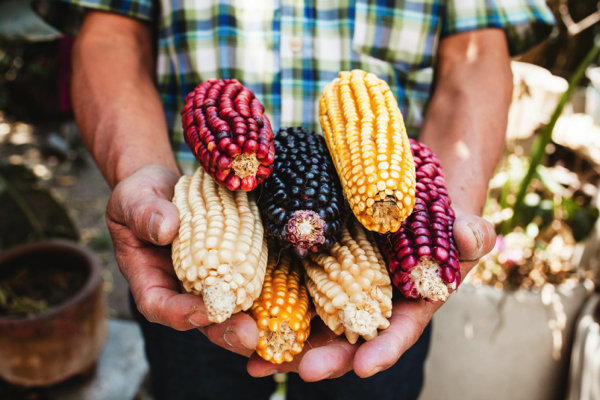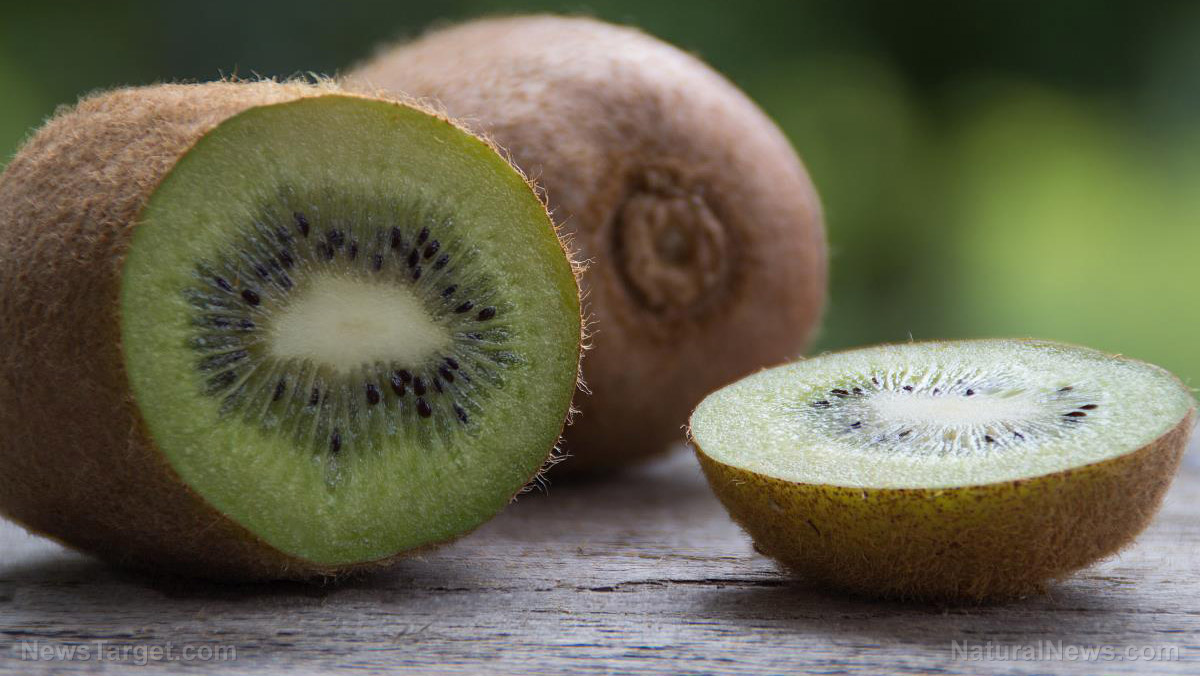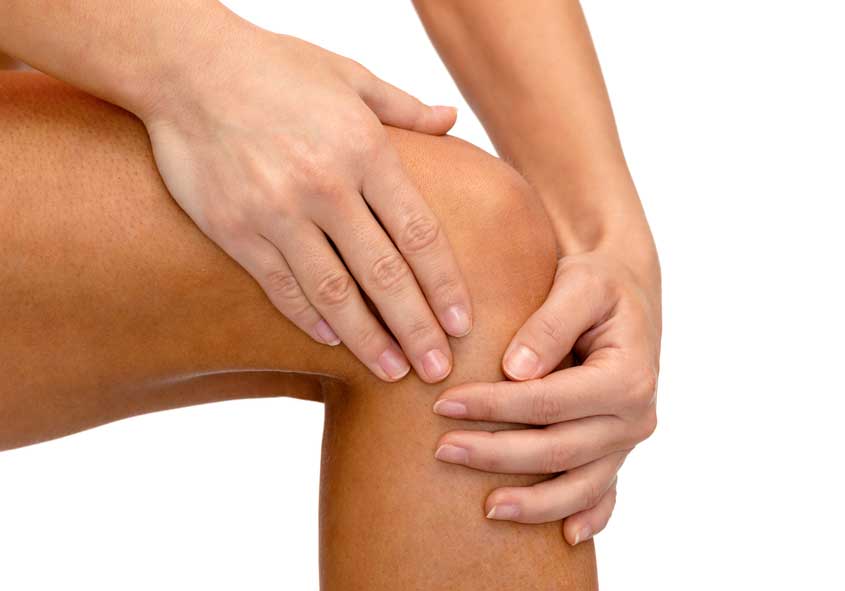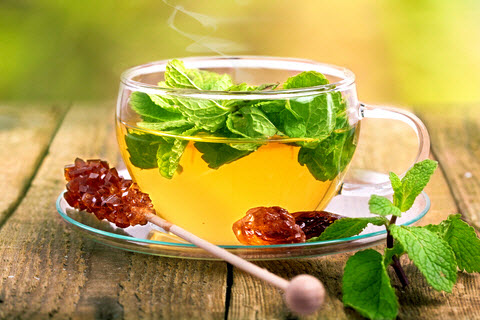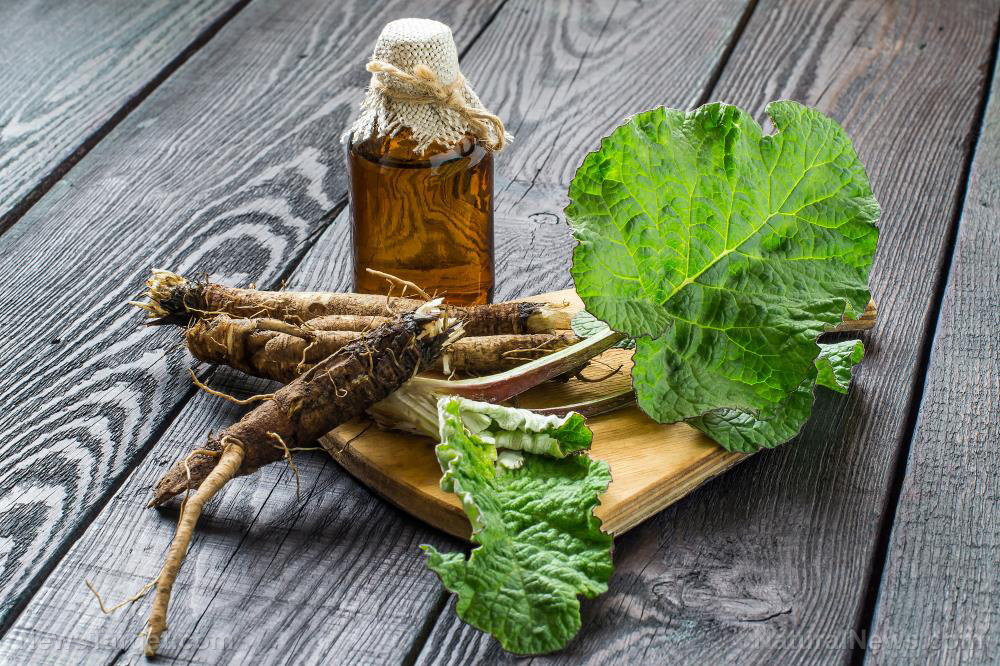 Parler
Parler Gab
Gab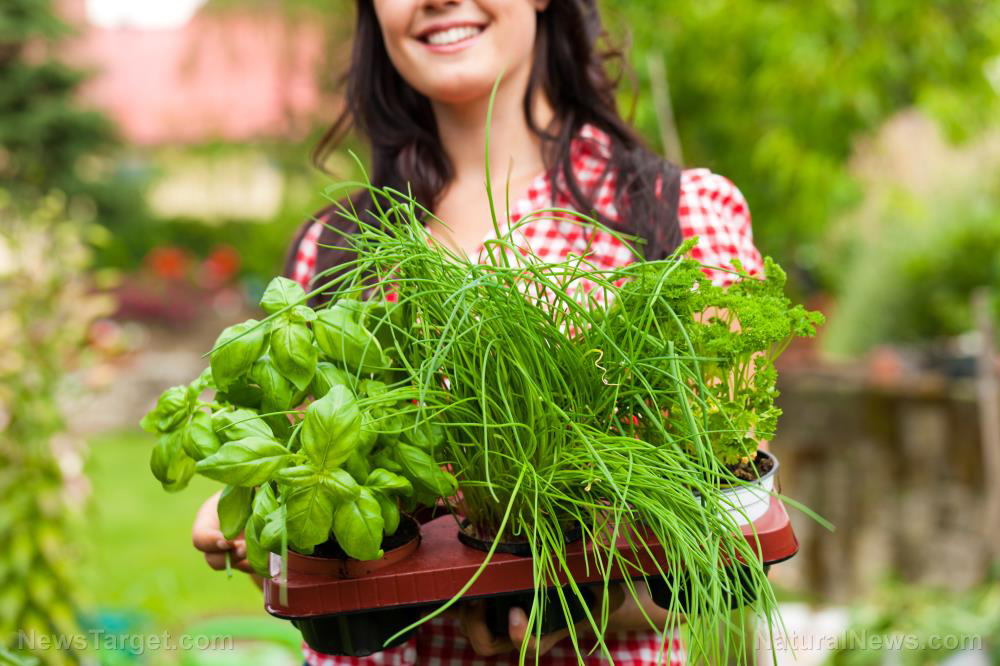
- Building an herbal first-aid kit is a proactive measure for anyone seeking to reduce dependency on fragile medical and pharmaceutical systems and embrace a more sustainable, personalized approach to health.
- Common, easy-to-grow plants possess scientifically-supported properties for treating wounds, infections, and common illnesses, offering a direct connection to the nutraceuticals our bodies crave.
- Proper harvesting, drying, and storage techniques are crucial for preserving the potency of these plant-based medicines for long-term use, capturing their complex biochemical compounds.
- Creating tinctures, salves, and poultices transforms dried herbs into practical, shelf-stable remedies for a home medicine cabinet, moving beyond the one-size-fits-all approach of modern pharmaceuticals.
- This practice connects individuals to a historical lineage of herbal knowledge and our millions of years of co-evolution with plants, while providing immediate, tangible benefits for modern health challenges.
A garden as a defensive line
The journey toward herbal self-sufficiency does not begin in a pharmacy, but in the soil. For those concerned about grid-down scenarios, remote living, or simply the escalating price and frustrations of healthcare, a personal plot of land becomes a strategic asset. The concept is simple yet profound: by growing specific medicinal plants, you preserve powerful remedies for wounds, infections, and common ailments, placing control over basic health needs back into your own hands. This is not a fringe concept but a time-honored tradition, with institutions like the California School of Herbal Studies long advocating for meticulous documentation of harvests to ensure potency and proper use. Imagine a world where a cut, a burn, or a fever does not necessitate a trip to the store, a doctor’s appointment, or a debate with your insurance, but a walk into your garden. This level of preparedness transforms anxiety into action, offering a palpable sense of security in an unpredictable world. Consider the humble yarrow, a plant with feathery leaves and clusters of tiny white or yellow flowers that has been a battlefield medic for thousands of years. Its very name, Achillea, harkens back to the Greek hero Achilles, who was said to have used it to stanch the bleeding wounds of his soldiers. Today, its value is undiminished. When harvested at full bloom and dried in a shaded, ventilated area, yarrow can be powdered and stored in sealed glass jars as a potent styptic, capable of stopping bleeding from minor cuts and scrapes almost instantly. Its leaves can be chewed to soothe tooth pain or canker sores. Similarly, plantain, often dismissed as a common lawn weed, possesses a remarkable drawing power, pulling infection and debris from insect bites and splinters with a gentle, anti-inflammatory touch. Its young leaves, dried and stored in airtight jars, can be rehydrated into a poultice that soothes skin irritation with an effectiveness that rivals many over-the-counter creams.Five more essential herbs to work with
Calendula (Calendula officinalis): The ultimate skin-healer. Its vibrant orange and yellow petals, infused into oil or salve, are unparalleled for soothing diaper rash, healing burns, mending chapped skin, and disinfecting minor wounds. It stimulates tissue repair and reduces inflammation, making it a cornerstone of topical herbal care. Echinacea (Echinacea purpurea): The immune system's vigilant guard. At the first sign of a cold or sore throat, a tincture made from its roots and flowers can help mobilize the body's defenses. It’s best used short-term as a powerful stimulant to the immune response, helping to reduce the severity and duration of common winter illnesses. Lemon balm (Melissa officinalis): Sunshine in a leaf. This cheerful, lemon-scented member of the mint family is a gentle yet effective nervine. A cup of lemon balm tea can ease anxiety, lift a low mood, and settle a nervous stomach. It’s safe for children and adults alike, offering a moment of calm without the side effects of synthetic sedatives. Thyme (Thymus vulgaris): A culinary powerhouse with profound medicinal depth. Its potent volatile oils are strongly antiseptic and antispasmodic. A strong thyme tea or syrup is a classic remedy for stubborn coughs, bronchitis, and chest congestion, helping to loosen phlegm and fight respiratory infections. Holy basil / tulsi (Ocimum tenuiflorum): The "Queen of Herbs" in Ayurvedic tradition. Unlike its culinary cousin, Tulsi is a renowned adaptogen, meaning it helps the body adapt to physical and emotional stress. Enjoyed as a daily tea, it can help balance cortisol levels, support cognitive function, and bolster overall resilience, acting as a preventative tonic for the stresses of modern life.The art of preservation and transformation
Harvesting the plants is only the first step; the true magic lies in the alchemy of preservation. The goal is to capture the plant’s vital medicinal oils and constituents at their peak and lock them in for the long term. This requires a mindful approach, harvesting flowers at full bloom on a dry day and digging roots in the autumn of the plant’s life cycle when their energy is most concentrated. The drying process is a gentle coaxing of moisture, not a harsh assault, best done in a warm, shaded space with ample airflow where bundles of herbs hang like sleeping bats, their healing properties intensifying as they crisp. When a stem snaps cleanly and leaves crumble easily, they are ready to be stored in the cool, dark silence of an airtight glass jar—a captured summer ready to be unleashed in a time of need. Create a salve for topical healing These dried botanical treasures then become the raw materials for a home apothecary. Through simple, time-tested methods, they are transformed into the workhorses of the herbal first-aid kit. Salves can be made by infusing dried blossoms like calendula and yarrow in a carrier oil like extra virgin olive oil in a glass jar. Once steeped in the carrier oil, the oils can double-boiled on low heat in a pan, allowing the properties of the herbs to extract into the oil. The plant parts are then removed or strained from the oil, and the oil is combined with beeswax, rosemary extract (preservative), and other essential oils for aroma. Once the mixture cools, these salves yield a gentle but effective ointment for burns and scrapes. Create natural remedies for sore throat In the kitchen, garlic can be crushed and suspended in honey, creating a shelf-stable syrup that serves as both a natural antibiotic and a soothing remedy for a sore throat. These preparations are not mysterious concoctions; they are the practical results of knowledge passed down through generations, now being rediscovered by a new wave of health-conscious individuals seeking to resolve the root cause of dis-ease.Creating a tincture for sinus and respiratory improvement
To create a tincture for sinus and respiratory improvement, consider gathering a common weed called mullein. To make a mullein tincture, you'll need high-proof alcohol (at least 80 proof, or 40% ABV), mullein leaves and flowers, and a glass jar with a lid. Mullein (Verbascum thapsus) is a powerful herb with expectorant, demulcent, and anti-inflammatory properties, making it useful for respiratory conditions, ear infections, and skin irritations. Here's a detailed, step-by-step process:- Harvest and Prepare Mullein: Gather fresh mullein leaves and flowers, ensuring they're free from pesticides and pollutants. Harvest in the morning after the dew has evaporated but before the heat of the day. Rinse the plant material gently to remove any dirt or debris, then pat dry. You can use either fresh or dried mullein for your tincture.
- Measure Ingredients: The general rule for tinctures is a 1:2 or 1:5 plant-to-alcohol ratio by weight. For a 1:2 ratio, use 200 grams of mullein for every 400 ml (13.5 oz) of alcohol. For a 1:5 ratio, use 400 grams of mullein for every 2000 ml (68 oz) of alcohol.
- Pack the Jar: Fill your glass jar with the measured amount of mullein, packing it down gently to remove air pockets. Ensure the plant material is completely submerged in the alcohol.
- Add Alcohol: Pour the measured amount of high-proof alcohol into the jar, filling it to the top. Leave some headspace (about 1 inch) for the plant material to expand during the steeping process.
- Seal and Label: Seal the jar tightly with a lid, and label it with the contents, date, and the expected extraction date (usually 4-6 weeks).
- Steep: Store the jar in a cool, dark place, shaking it gently every few days to help release the plant's compounds into the alcohol. The steeping process typically takes 4-6 weeks, but you can taste-test the tincture after 2 weeks to see if it has reached your desired potency.
- Strain and Store: Once the steeping period is complete, strain the tincture through a cheesecloth or fine mesh strainer into a clean glass bottle. Squeeze the plant material to extract as much liquid as possible. Discard the plant material or compost it. Store your mullein tincture in a cool, dark place, away from direct sunlight and heat sources. It should keep for several years.
- Dosage: The typical dosage for mullein tincture is 1-2 ml (20-40 drops), taken up to 3 times daily. For acute conditions, you can take up to 3 ml (60 drops) every 2-3 hours. Always start with the lowest effective dose and adjust as needed.
Forget fiber: Two kiwis a day are the key to relieving constipation, researchers say
By Cassie B. // Share
Stress and joint pain: The hidden connection and natural solutions
By Belle Carter // Share
Peppermint oil emerges as powerful remedy to combat various causes of bloating
By Lance D Johnson // Share
Wilderness survival foods: Edible wild plants every prepper should know about
By Evangelyn Rodriguez // Share
From poison to power: A radical new process turns arsenic contamination into a high-tech treasure
By Lance D Johnson // Share
Governments continue to obscure COVID-19 vaccine data amid rising concerns over excess deaths
By patricklewis // Share
Tech giant Microsoft backs EXTINCTION with its support of carbon capture programs
By ramontomeydw // Share
Germany to resume arms exports to Israel despite repeated ceasefire violations
By isabelle // Share
